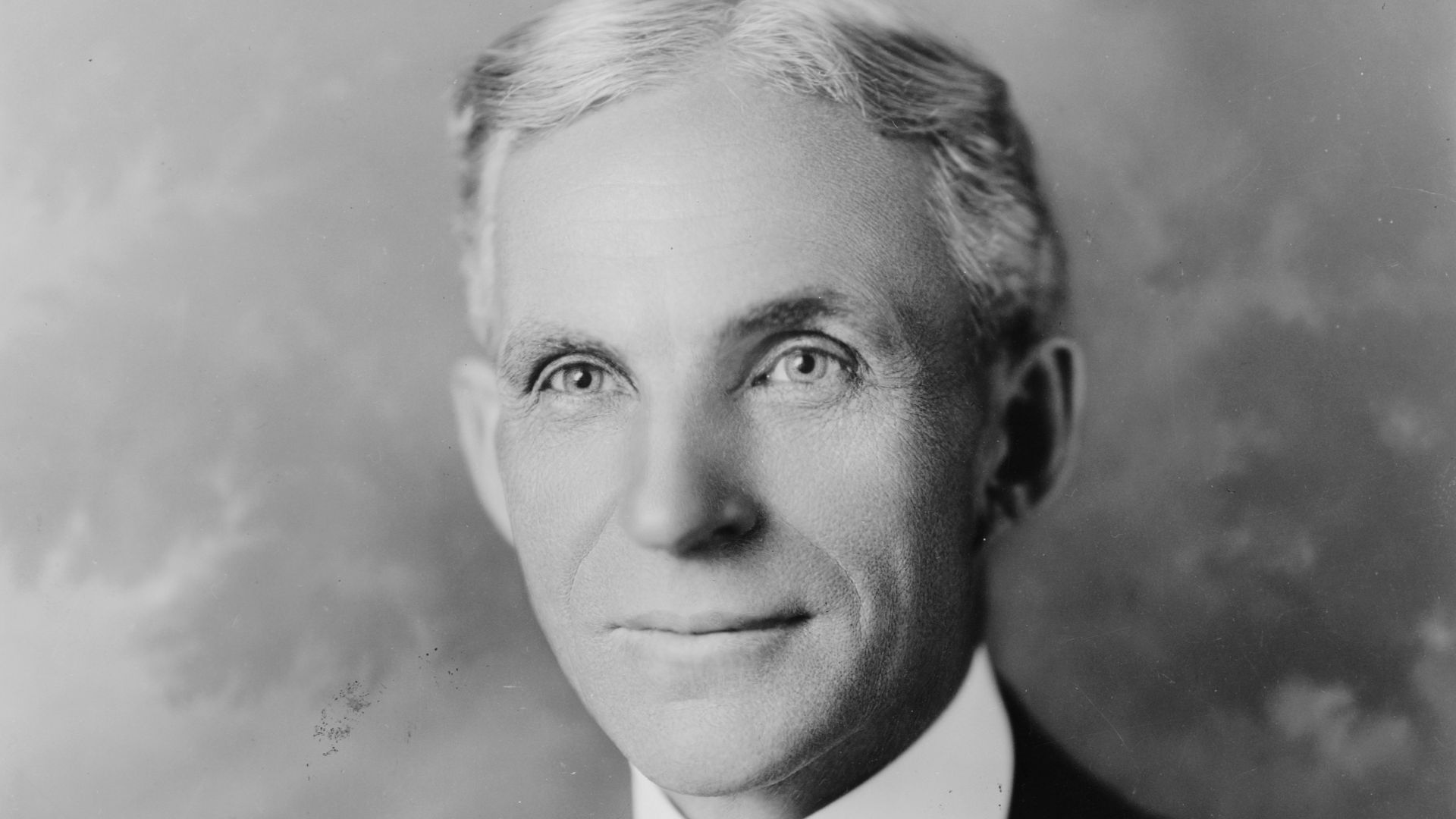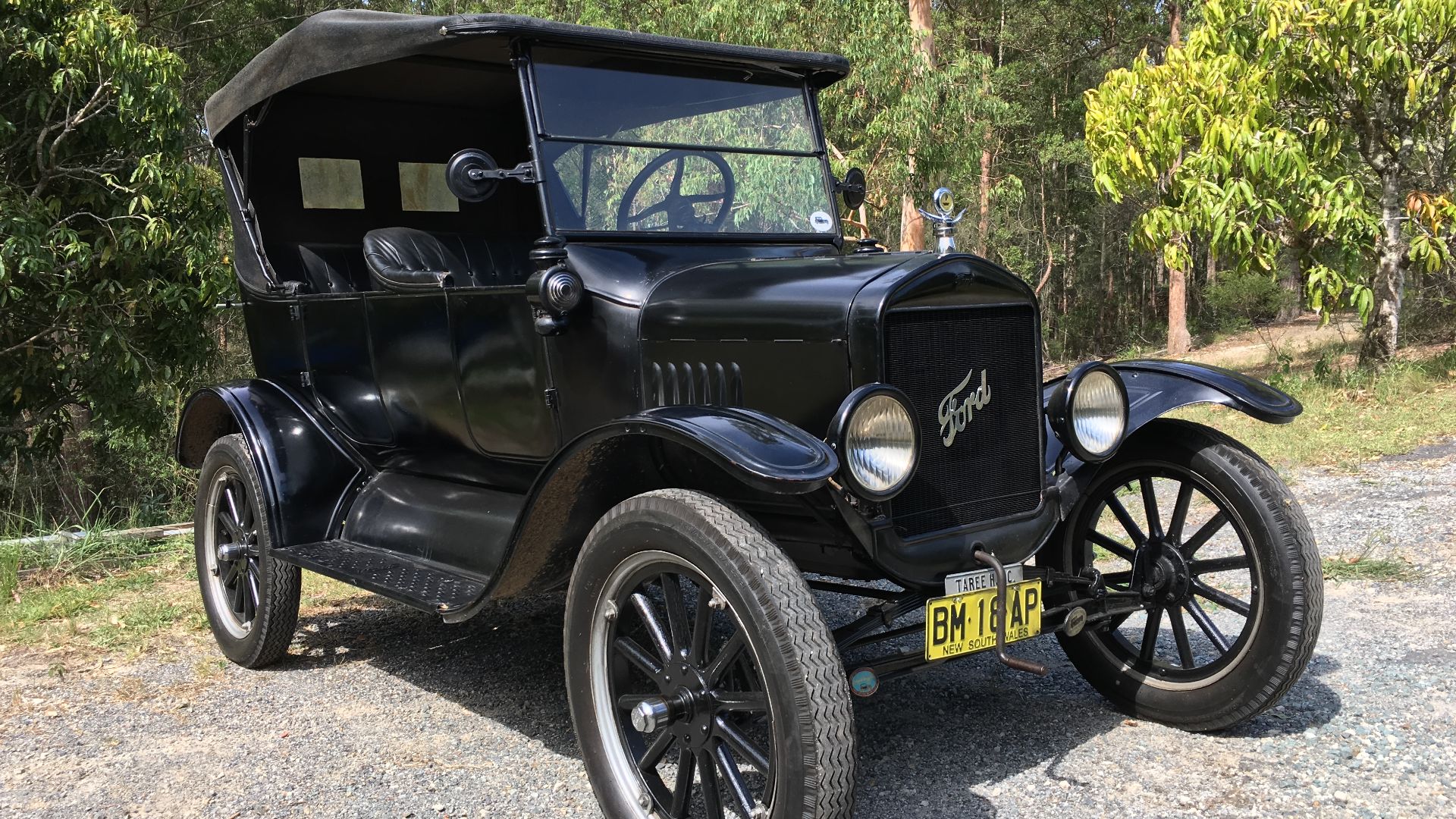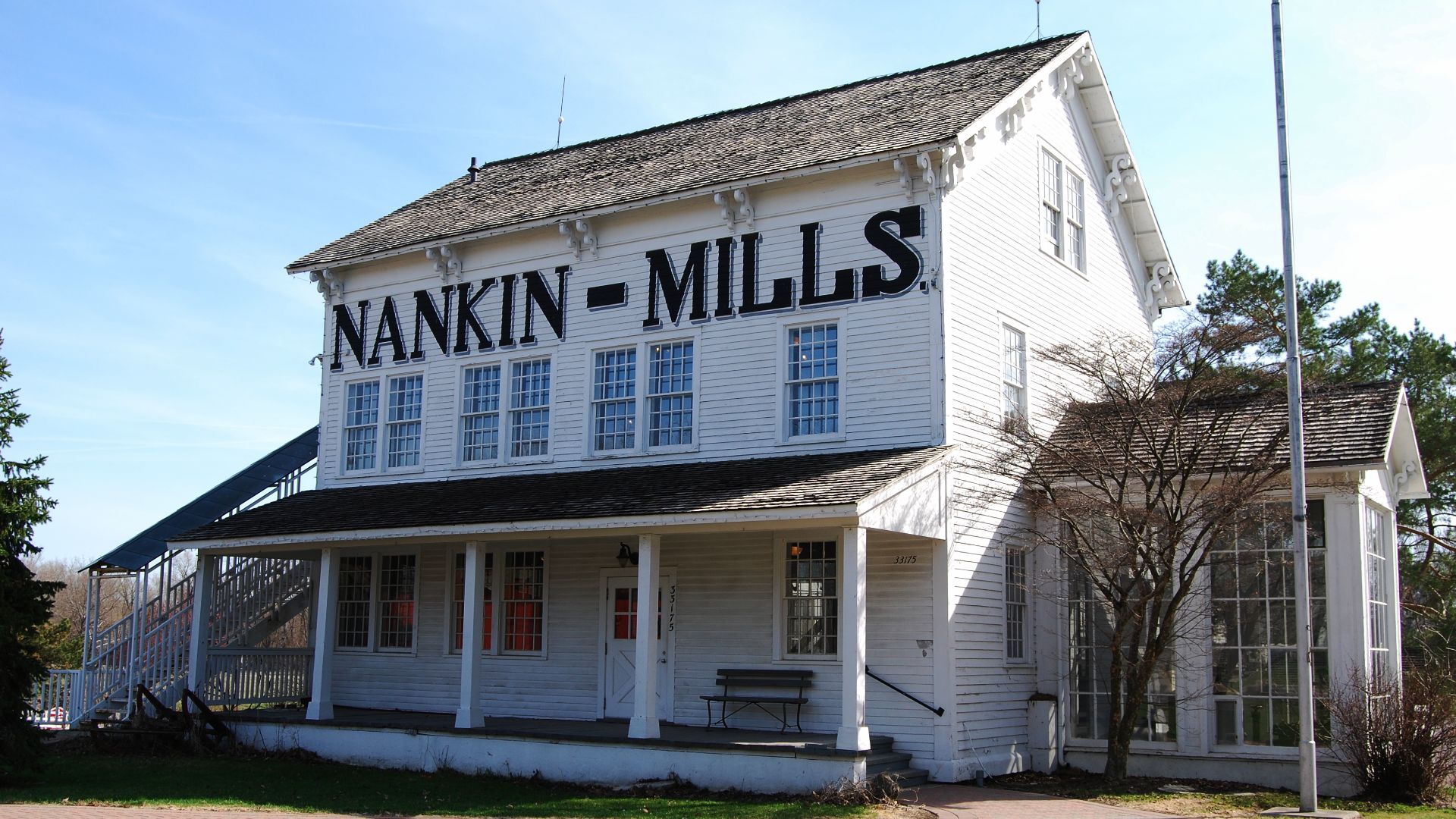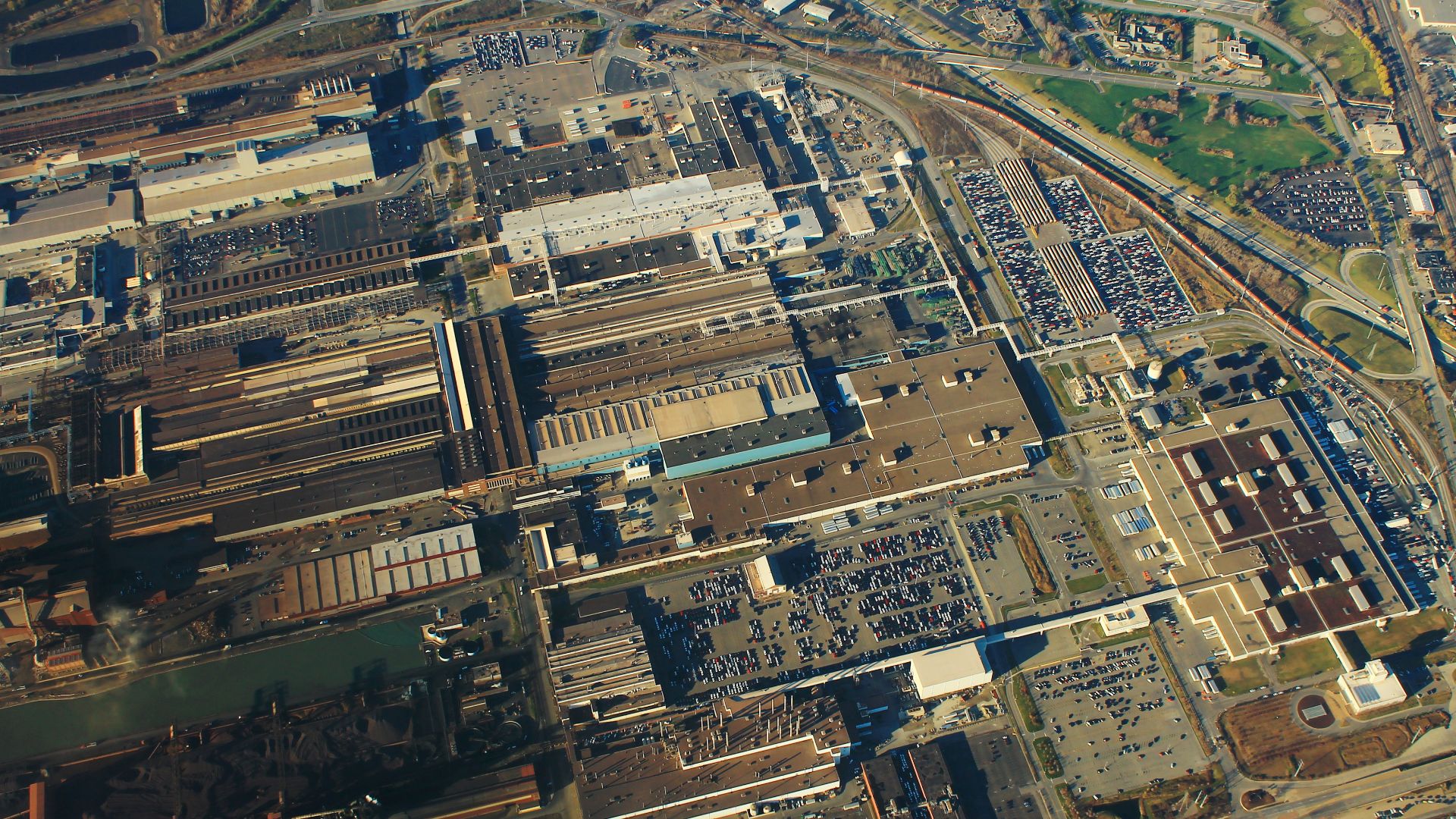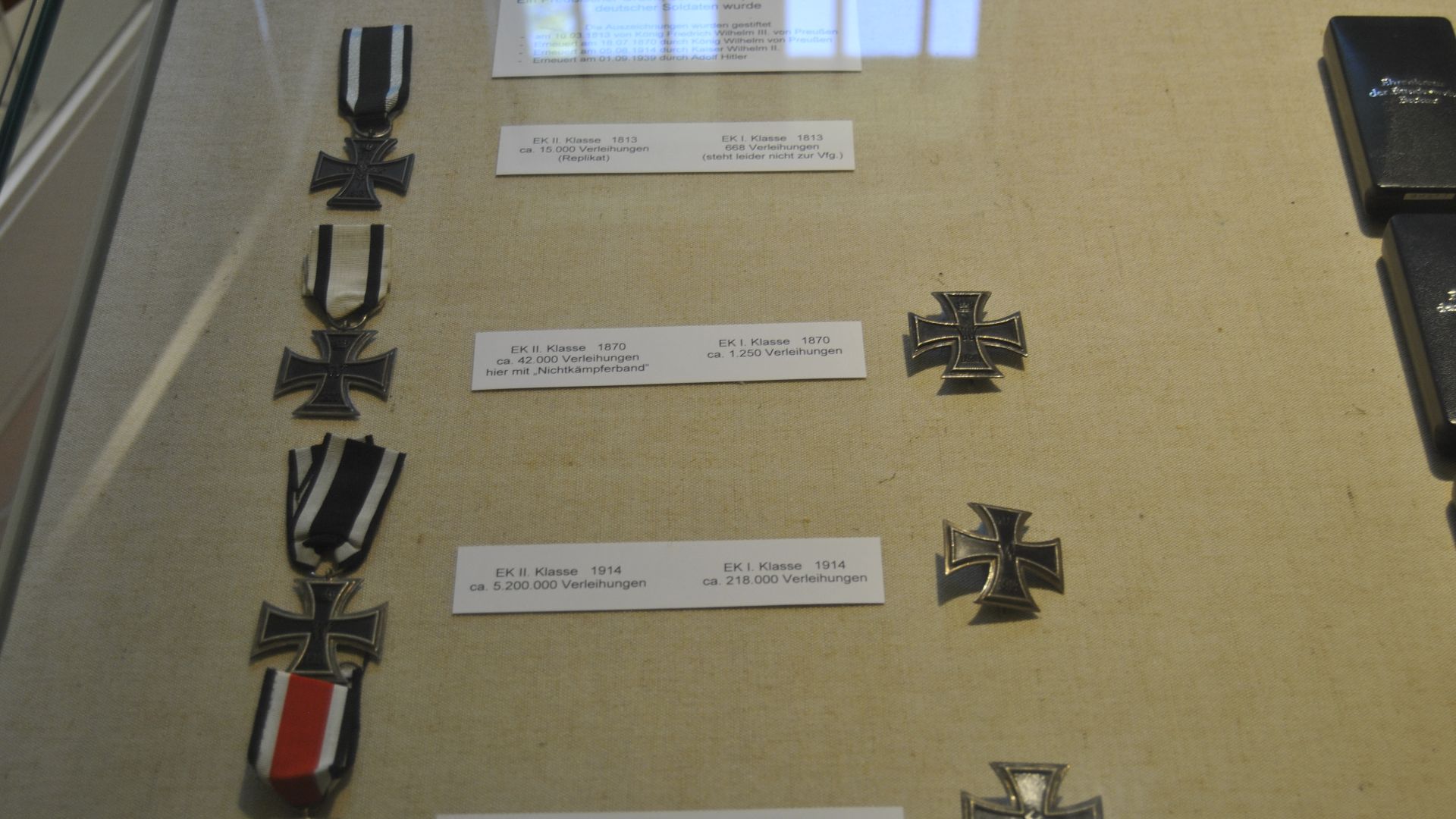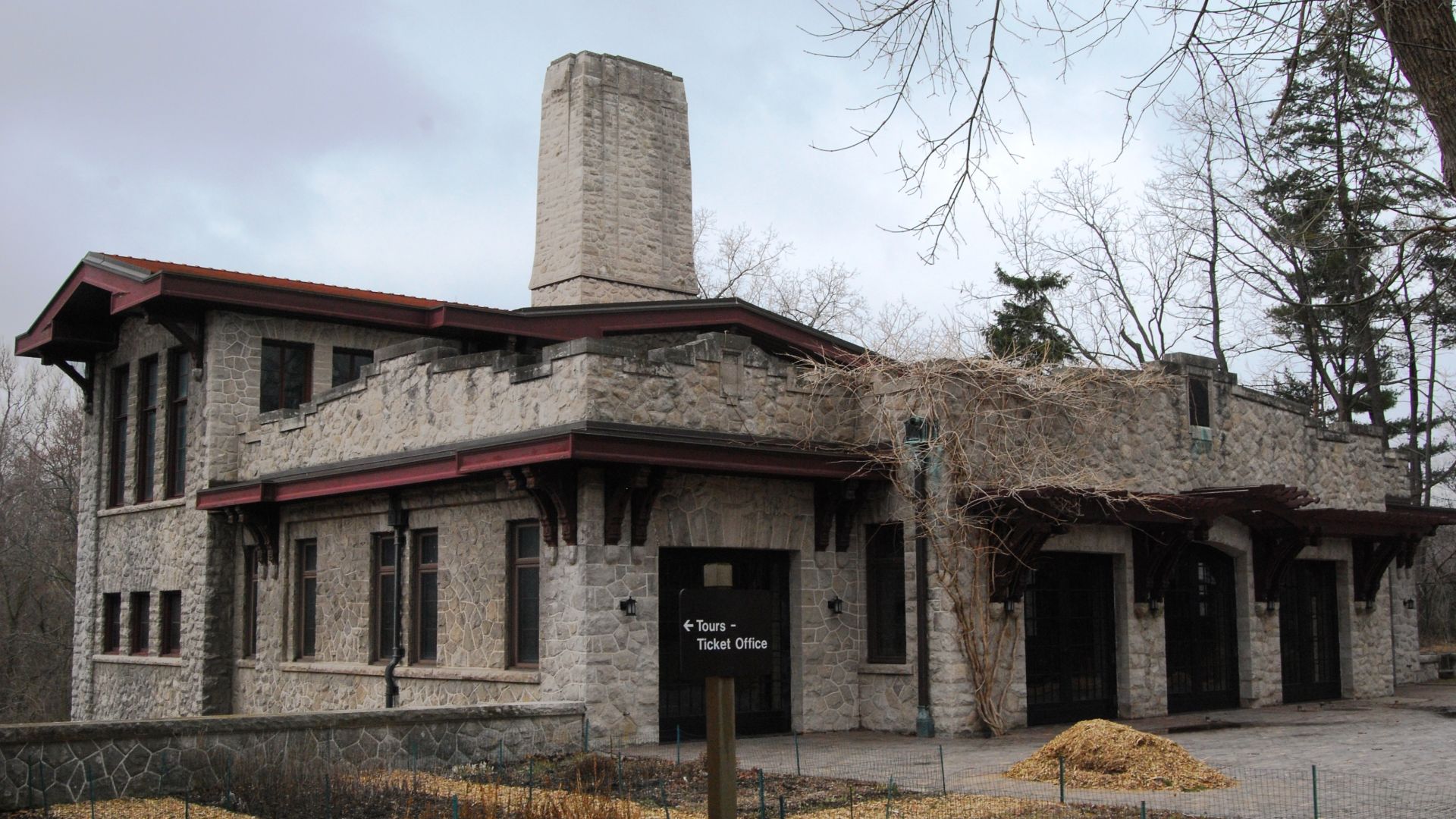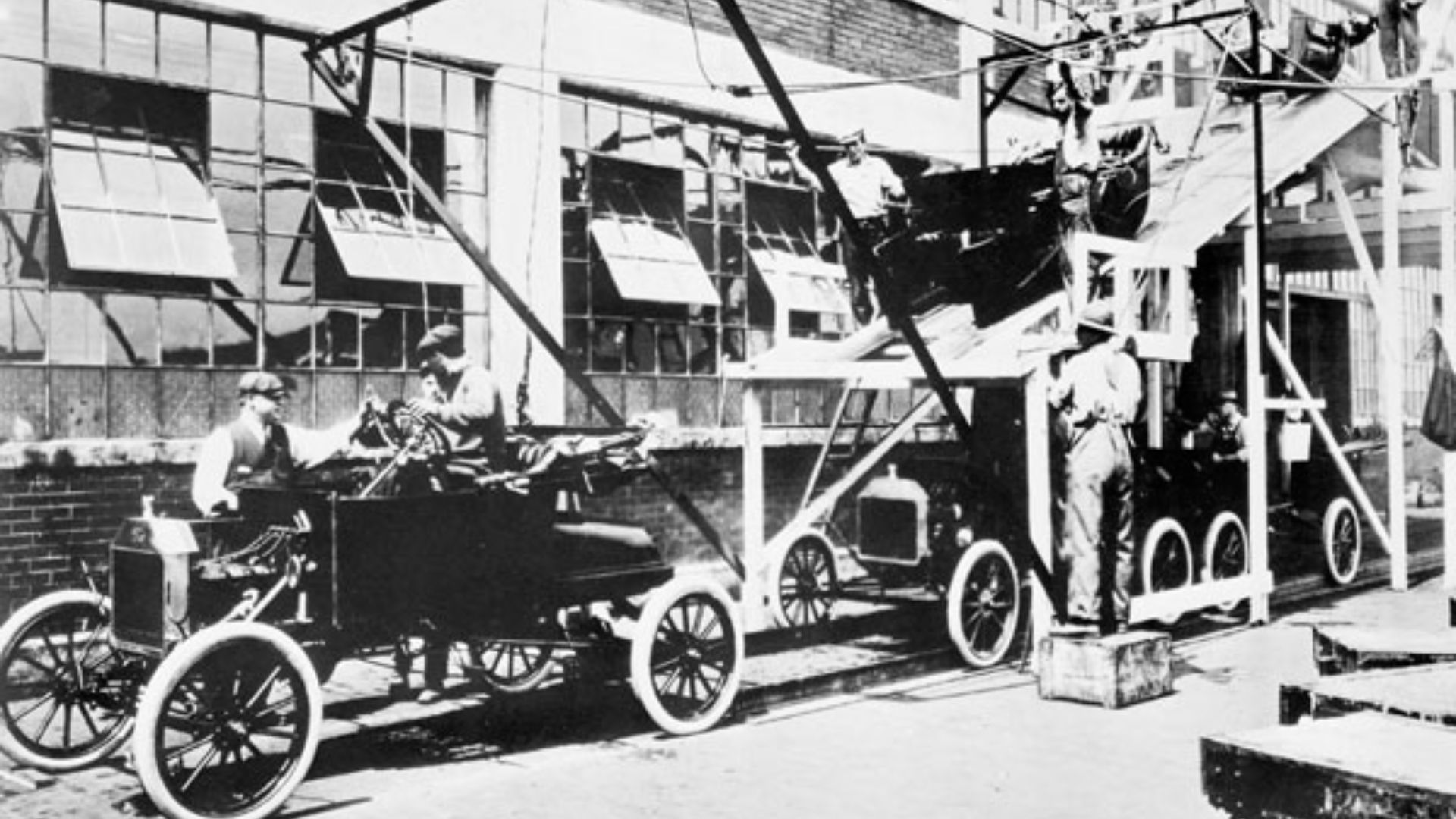Born To Break The Mold
Henry Ford was a guy who loved machines and believed everyone deserved their own set of wheels. He made people question what “impossible” really meant. Sure, he had flaws, but his determination rewired the modern world. In short, Ford’s journey is proof that you don’t need perfection to make history—just an idea you refuse to let go of. So, let’s take a look at 20 incredible facts about the man who put the world on four wheels.
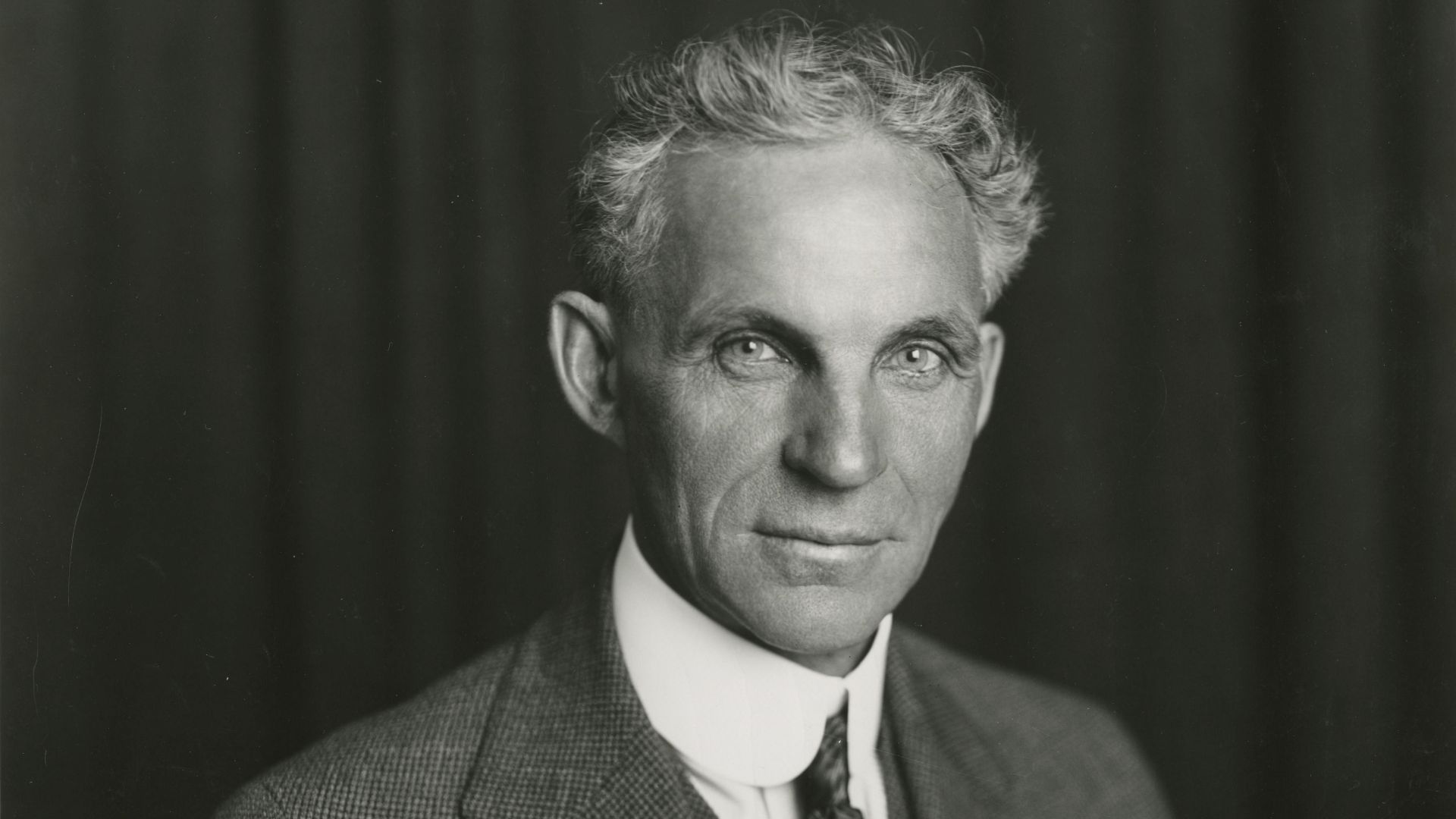 Ford Motor Company. Photographic Department on Wikimedia
Ford Motor Company. Photographic Department on Wikimedia
1. Founded Ford Motor Company
After two automotive ventures fizzled, Henry Ford's entrepreneurial spirit remained unquenched. Despite his spotty business record, he charmed a group of investors into backing one final roll of the dice—incorporating Ford Motor Company on June 16, 1903.
2. Introduced The Moving Assembly Line
In 1913, Henry Ford revolutionized manufacturing by introducing the moving assembly line, cutting car production time from over 12 hours to just 93 minutes. Inspired by Chicago meatpacking plants’ continuous-flow systems, this innovation made automobile building faster.
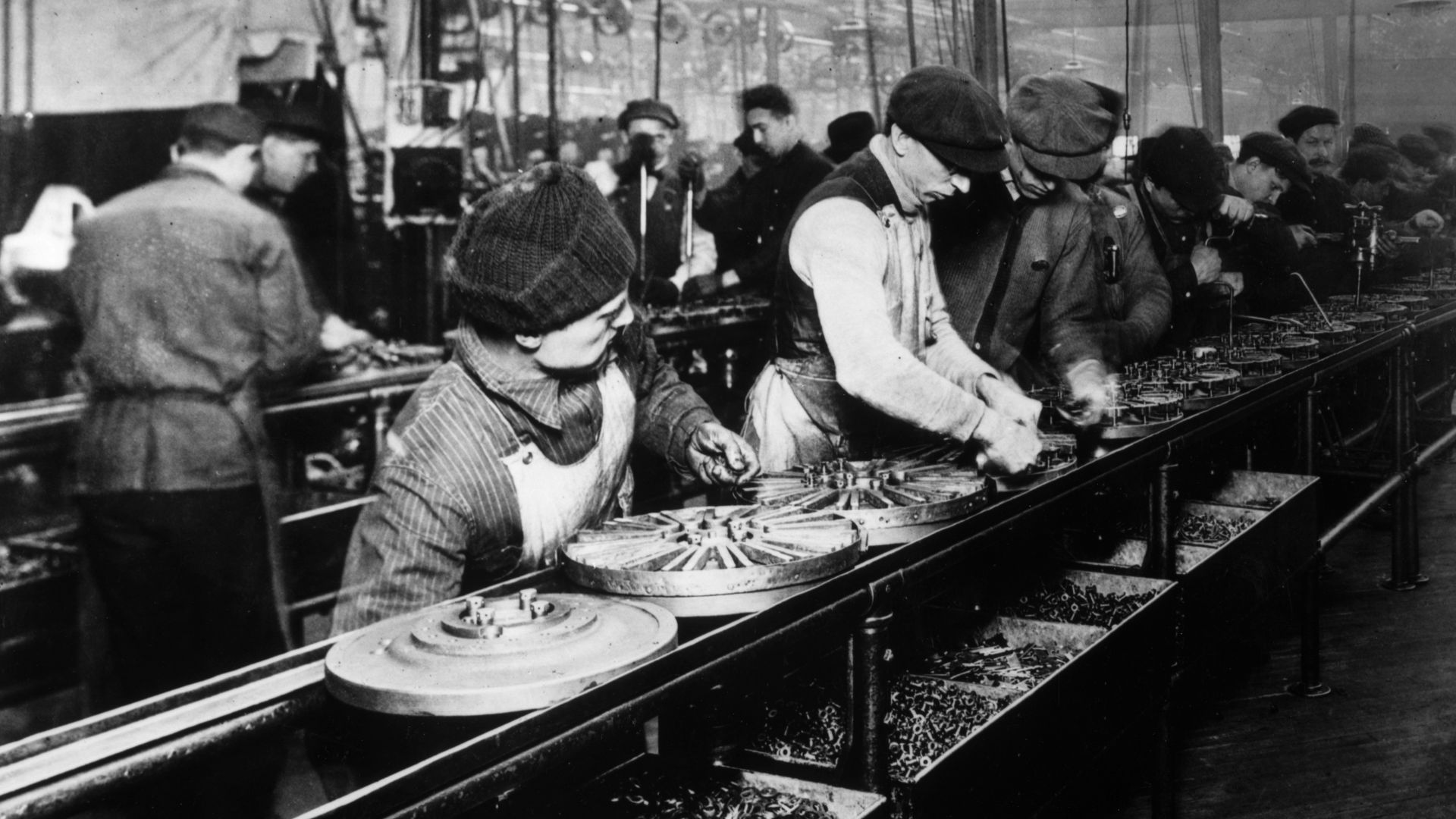 Unknown authorUnknown author on Wikimedia
Unknown authorUnknown author on Wikimedia
3. Made The Model T Affordable
Over fifteen million Model Ts rolled off Ford's assembly lines, dominating American roads until they represented more than half of all cars by 1923. This success stemmed from Ford's 1908 vision: engineer a vehicle specifically for affordability, then perfect its manufacturing to reach everyday Americans.
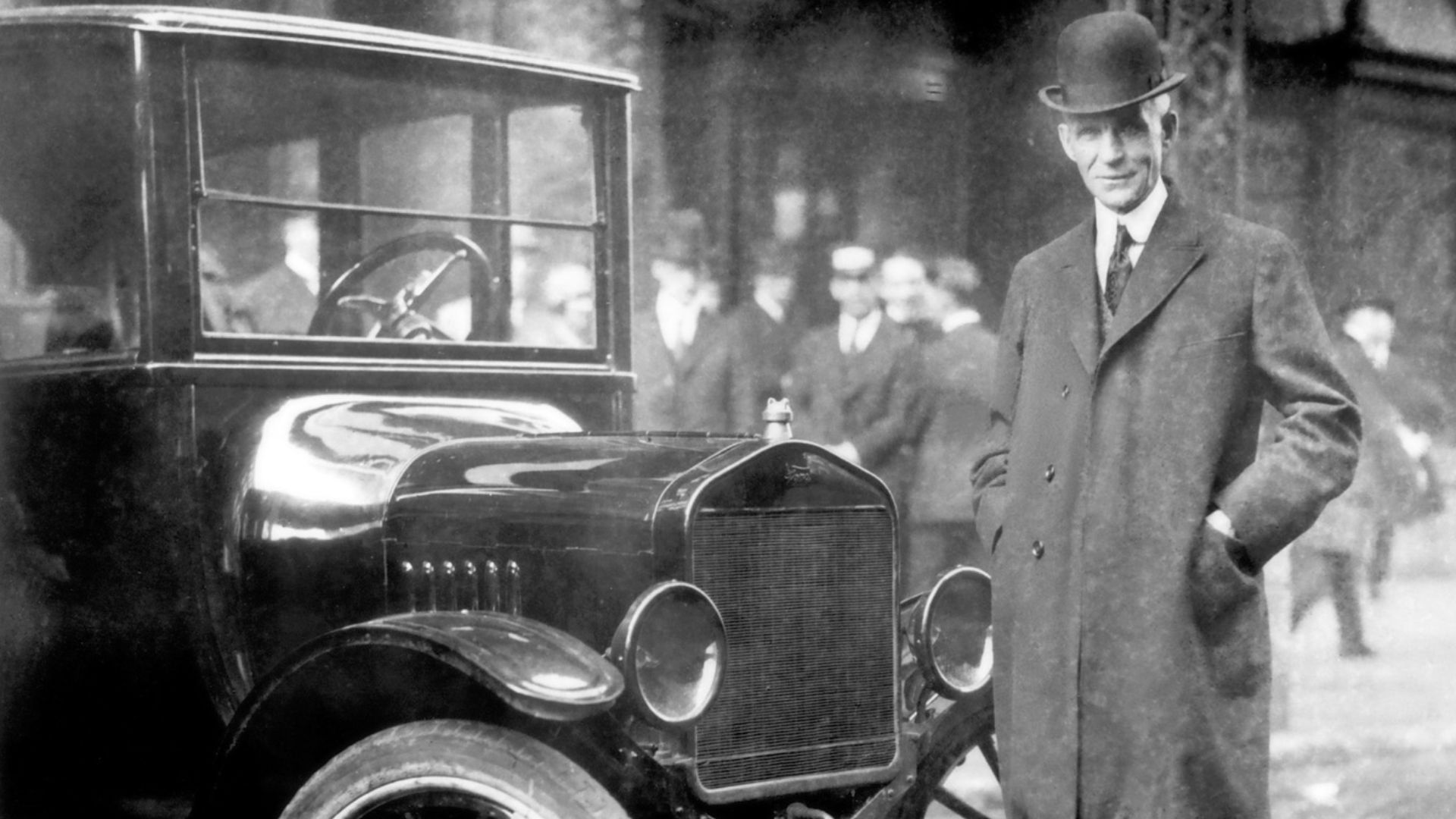 Ford Motor Company on Wikimedia
Ford Motor Company on Wikimedia
4. Doubled Wages To $5 A Day
In an era when factory workers toiled long hours for meager pay, Henry Ford championed a radical vision of worker dignity. His 1914 announcement doubled wages to $5 daily. Thousands sought these transformative jobs, forever changing American industry.
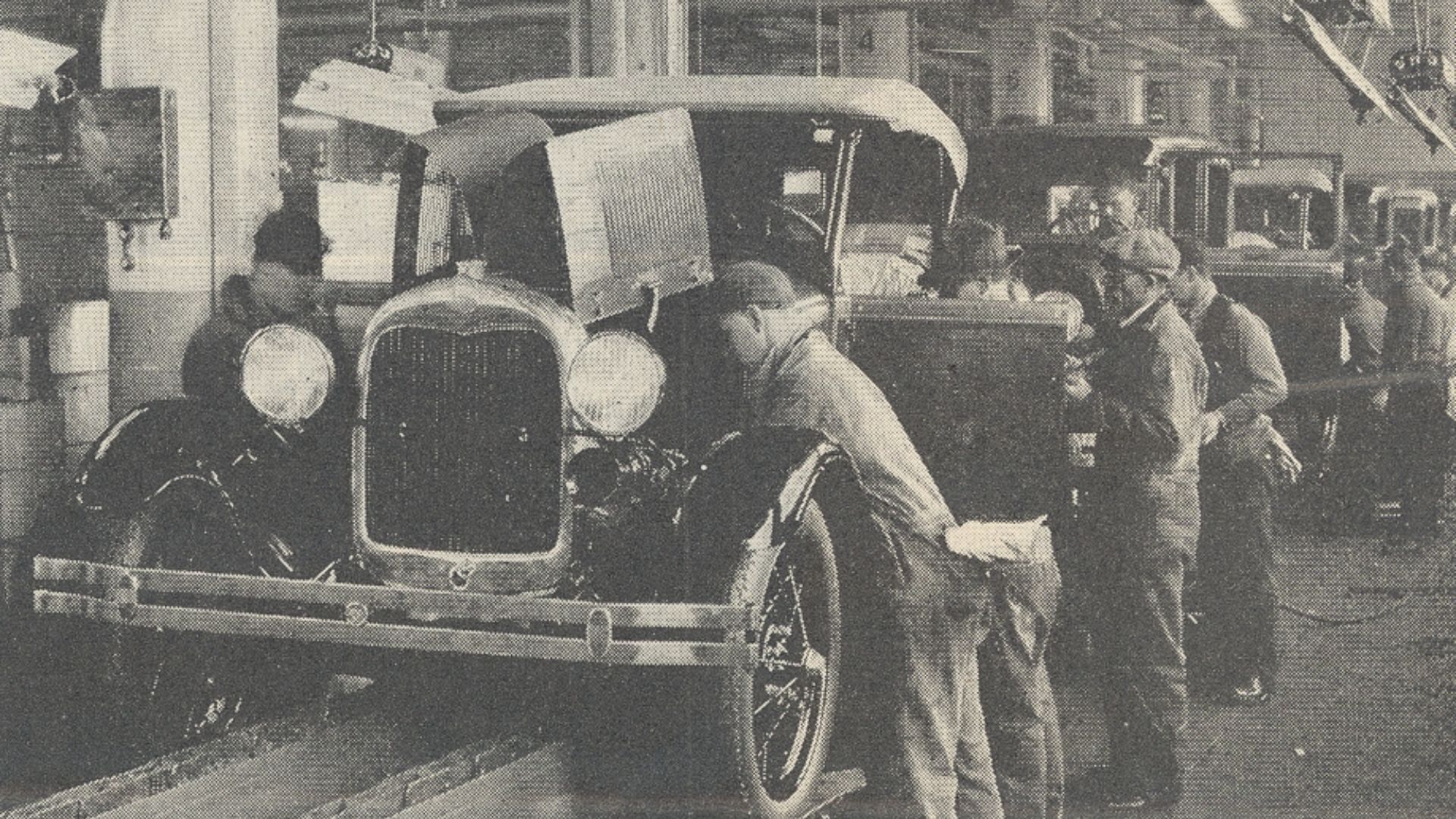 Literary Digest 1928-01-07 Henry Ford Interview / Photographer unknown on Wikimedia
Literary Digest 1928-01-07 Henry Ford Interview / Photographer unknown on Wikimedia
5. Incorporated Black For Efficiency
In a pivotal chapter of automotive history, Ford's relentless pursuit of manufacturing efficiency led to a transformative decision: mandating black-only Model Ts from 1914 to 1926. This seemingly simple color restriction leveraged black paint's superior drying properties, which accelerated assembly line speeds.
6. Established Ford English School For Immigrants
To help immigrant workers succeed in America, Henry Ford founded the Ford English School, a program that taught both English and cultural values. Its famous graduation ceremony featured students emerging from a symbolic melting pot in American clothing.
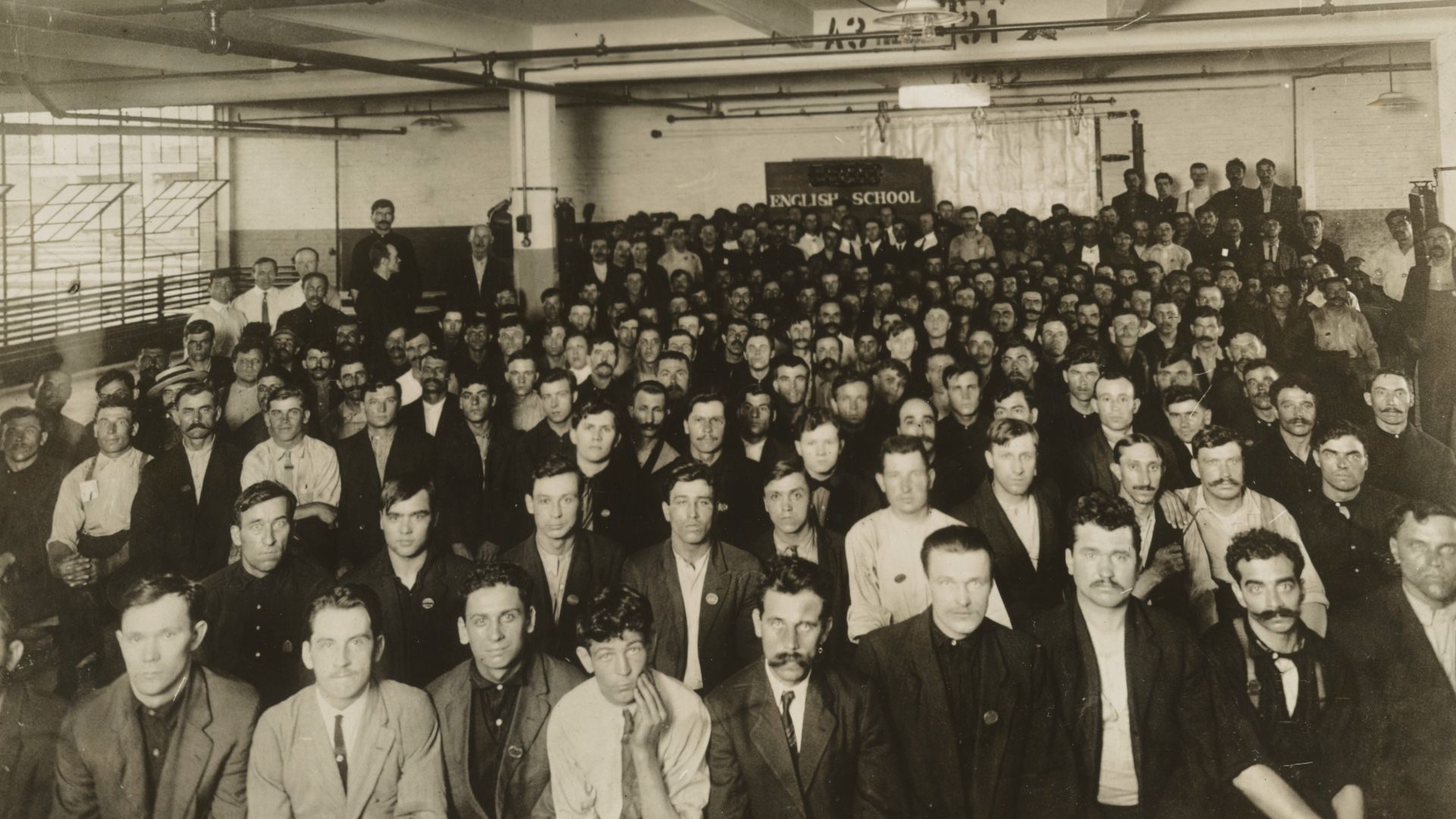 National Photo Company Collection on Wikimedia
National Photo Company Collection on Wikimedia
7. Helped Revive Rural Economies
What began as individual water-powered mills converted into small-scale factories soon multiplied into a network of Village Industries facilities across rural America. Ford's systematic program brought industrial employment to countryside communities.
8. Clearly Opposed Labor Unions
Henry Ford's deep-seated opposition to labor unions set off a chain reaction that shaped his company's labor relations for decades. His anti-union stance led him to establish private security forces, keeping Ford Motor Company a union-free holdout longer than other automakers—until workers finally secured UAW recognition.
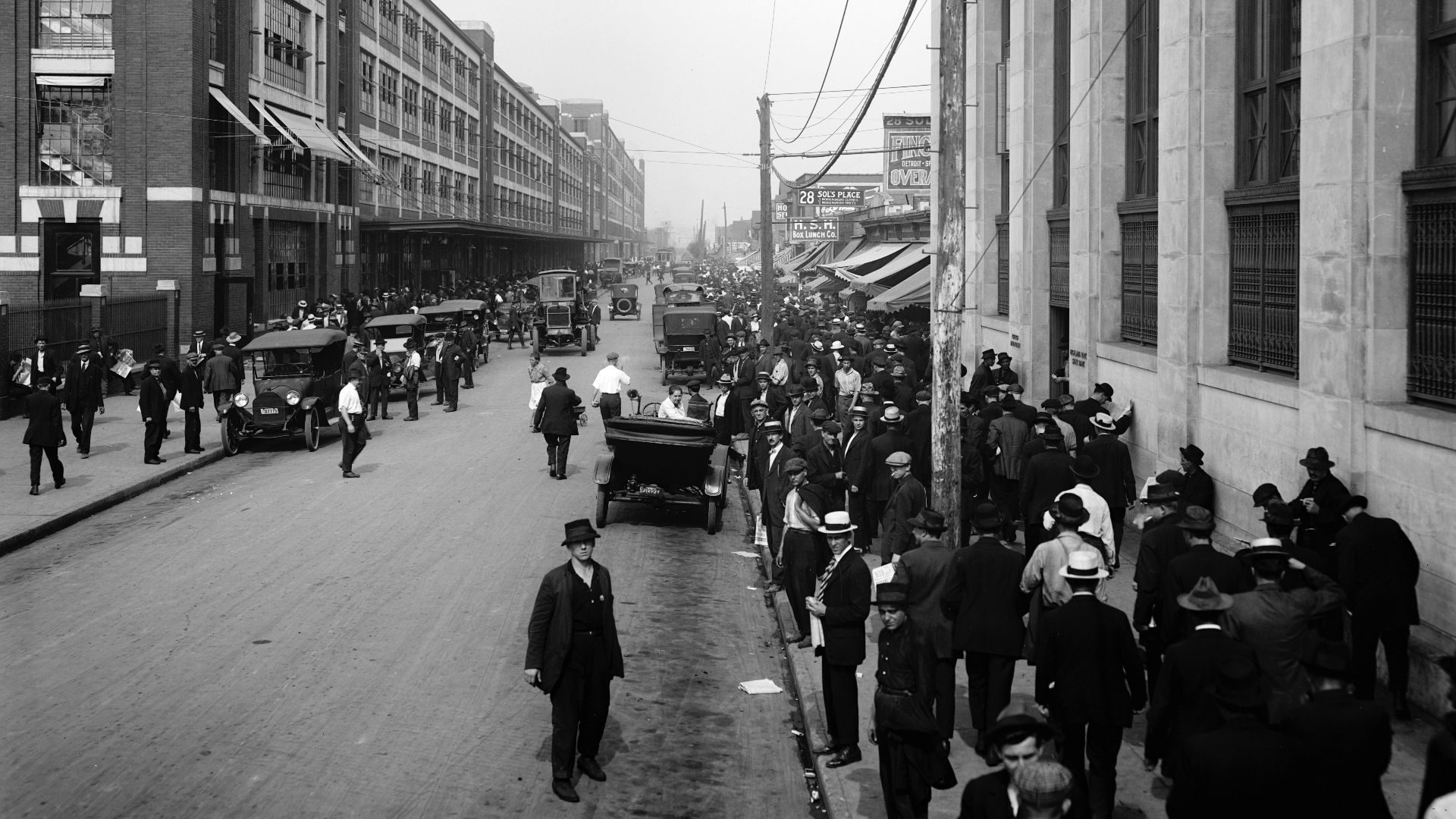 Detroit Publishing Company on Wikimedia
Detroit Publishing Company on Wikimedia
9. Built The River Rouge Industrial Complex
Vertical integration reached its ultimate expression in Ford's River Rouge complex, where raw materials entered steel mills and emerged as finished vehicles along integrated assembly lines. This revolutionary facility sprawled across 1,200 acres and, by the 1930s, orchestrated the efforts of 100,000 workers.
10. Owned The Dearborn Independent Newspaper
Ford's 1919 acquisition of The Dearborn Independent marked his strategic entry into media ownership, building the newspaper into a significant platform with a circulation exceeding 900,000 readers. As publisher through 1927, he leveraged this substantial reach to disseminate his personal ideology.
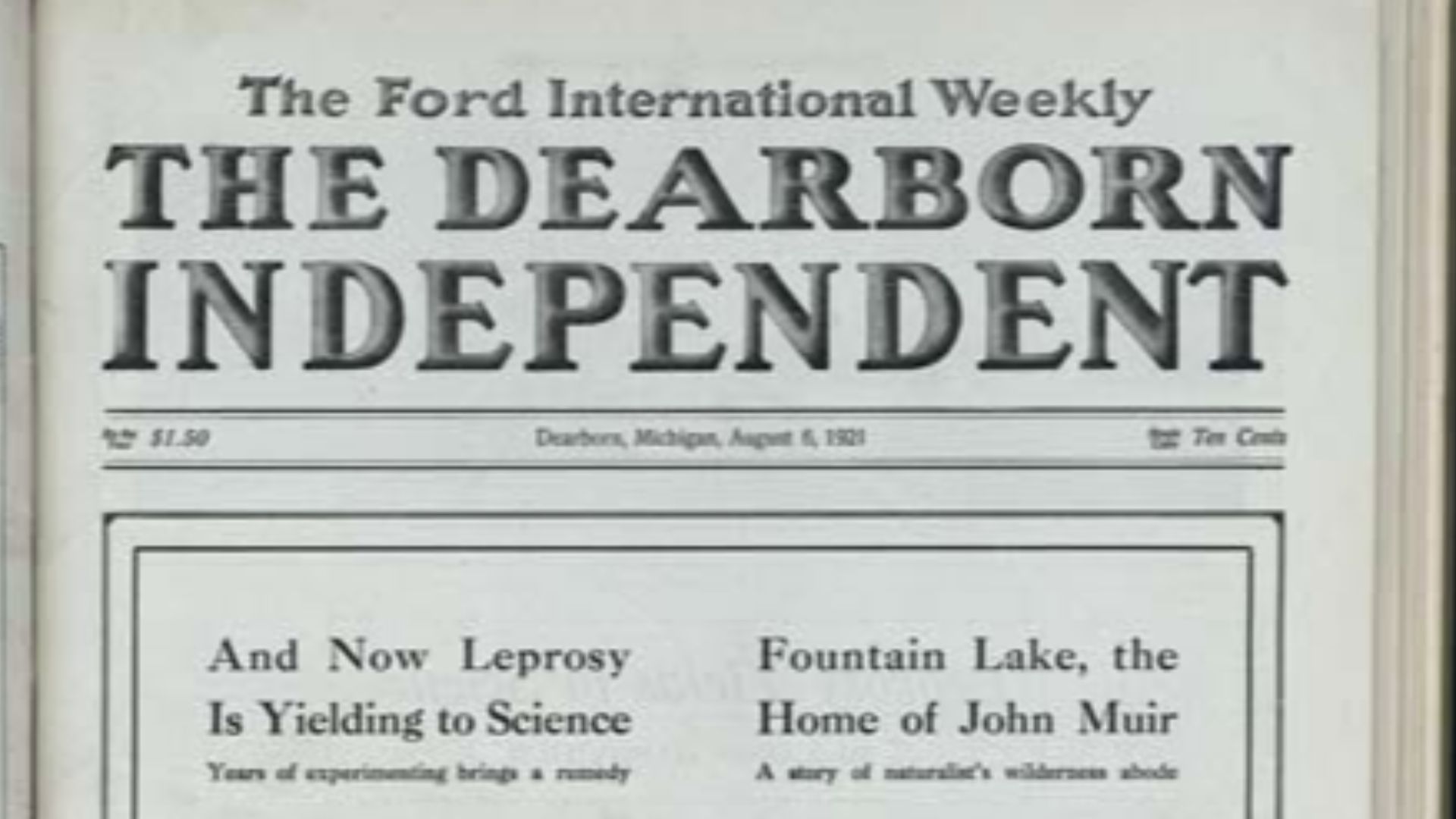 The Dearborn Independent on Wikimedia
The Dearborn Independent on Wikimedia
11. Admired By Adolf Hitler
In developing his extremist worldview, Adolf Hitler drew ideological inspiration from Henry Ford, whose influence stood uniquely among Americans. Hitler's writings explicitly referenced Ford's ideas as foundational to his own thinking, culminating in Ford's singular distinction as the only American figure mentioned by name in Mein Kampf.
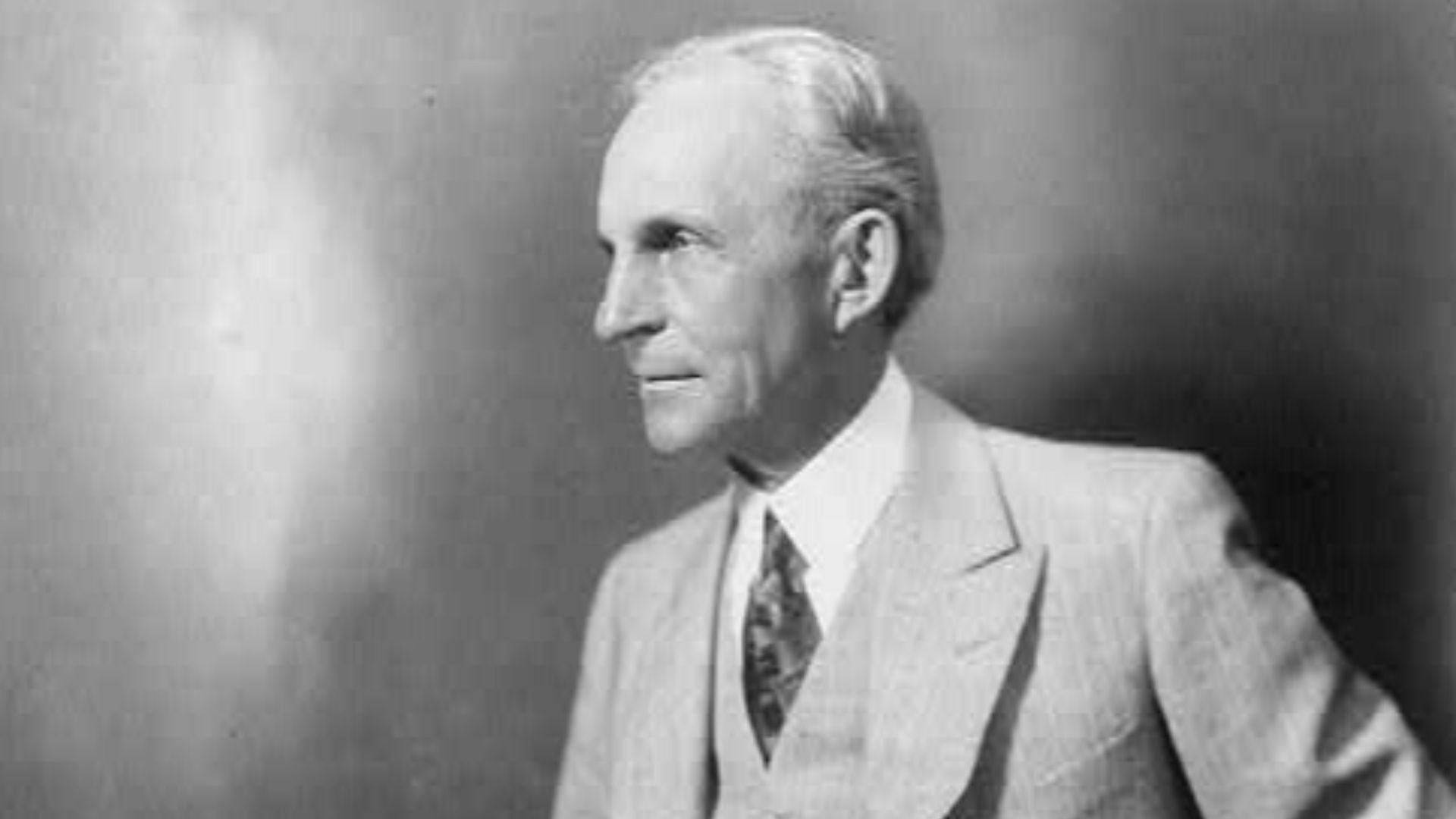 Caption card tracings: BI; Shelf. on Wikimedia
Caption card tracings: BI; Shelf. on Wikimedia
12. Received The Nazi Medal In 1938
For a titan of American industry who represented the nation's entrepreneurial spirit, Henry Ford made a startling choice in 1938. On his 75th birthday, the automotive pioneer accepted the famous Grand Cross of the German Eagle from Nazi diplomats in Detroit, becoming the first American to receive Hitler's regime's highest honor.
13. Developed Soybean-Based Car Prototype
Despite persistent myths about a hemp car, Henry Ford's 1941 prototype actually featured body panels made from soybean-based plastic. This innovative vehicle, nicknamed the “plastic car,” represented Ford's broader vision of incorporating agricultural products into automotive manufacturing.
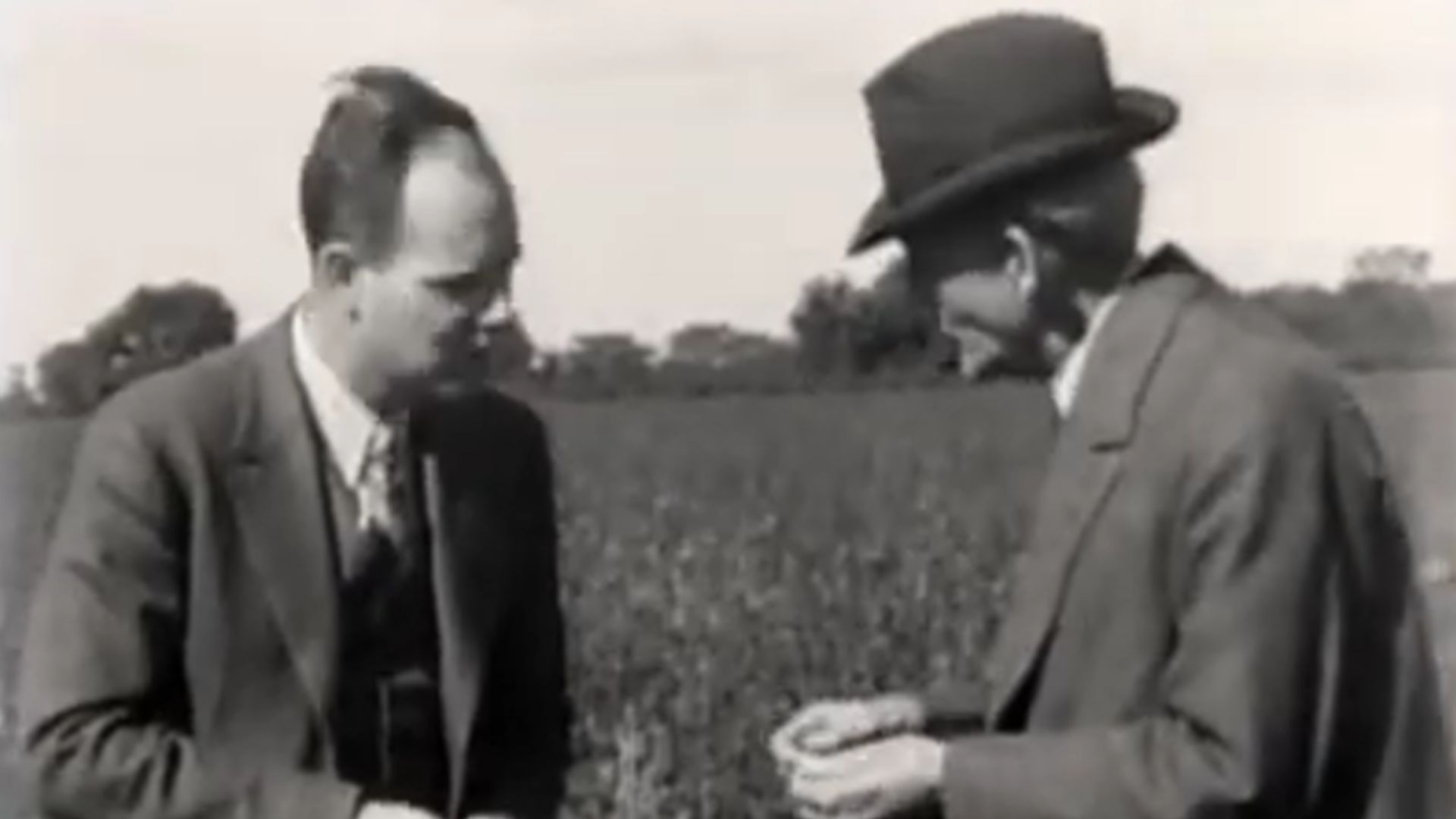 Different Uses for Soybeans | The Henry Ford's Innovation Nation by The Henry Ford
Different Uses for Soybeans | The Henry Ford's Innovation Nation by The Henry Ford
14. Practiced Strict Temperance
Henry Ford connected personal discipline with workplace productivity through his firm's temperance policies. A staunch believer in sobriety, he banned alcohol across his factories and created a Sociological Department to ensure employees lived responsibly.
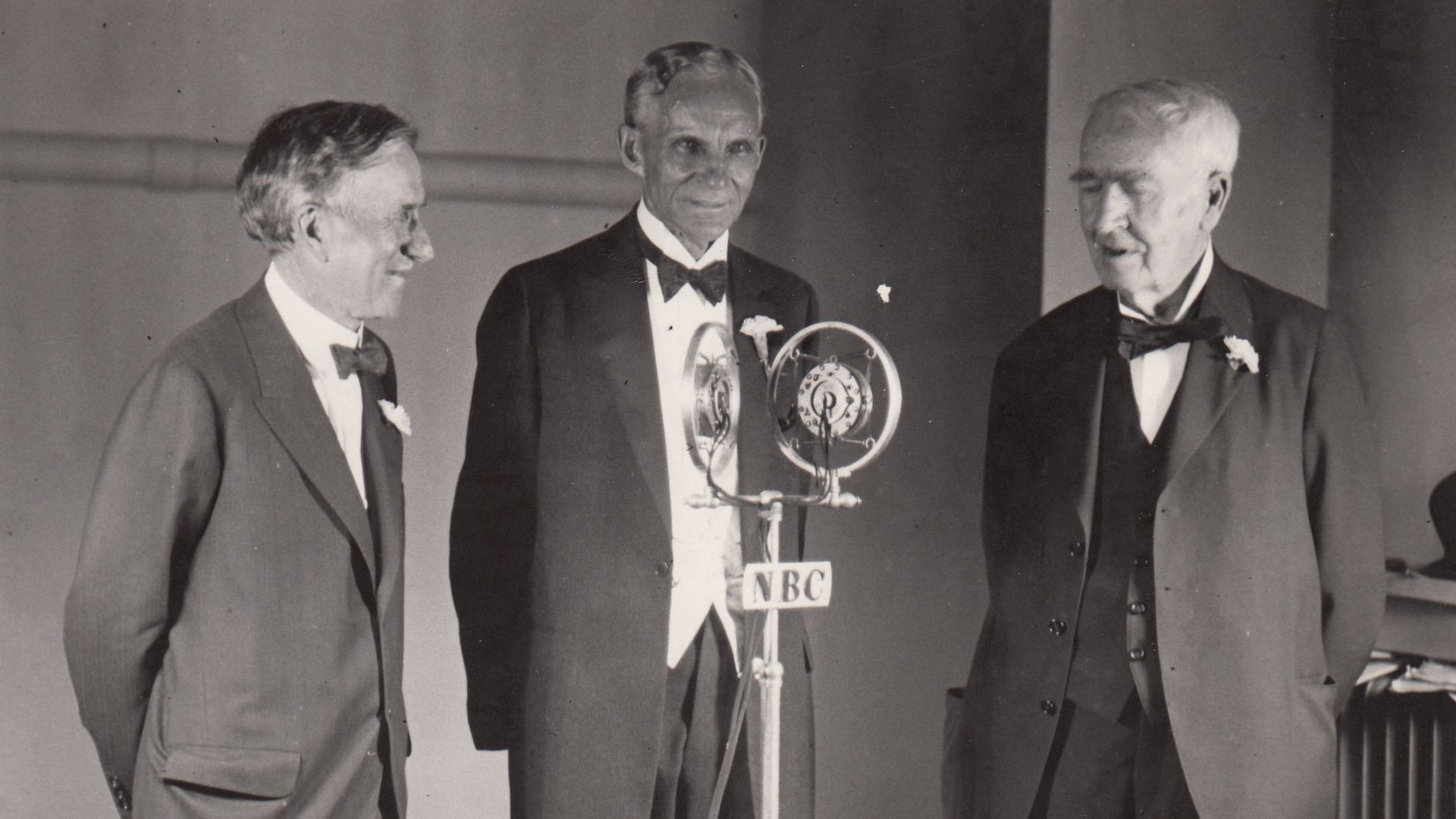 Unknown authorUnknown author on Wikimedia
Unknown authorUnknown author on Wikimedia
15. Owned A Private Airstrip At His Estate
Like a scientist's private laboratory, Ford's Fair Lane estate served as his innovation playground, with its private airstrip functioning as an aerial experiment station. This personal testing ground, complemented by hydroelectric power and extensive gardens, preceded his grander aviation vision.
16. Tried To Create Fordlândia In Brazil
For Brazilian laborers, the arrival of Ford's grand rubber plantation scheme meant dramatic changes to their Amazon home, all to keep American car wheels turning. But Fordlândia's promises crumbled as workers faced rampant disease outbreaks and deteriorating conditions, leading to fierce protests until the failed venture finally shuttered in the 1940s.
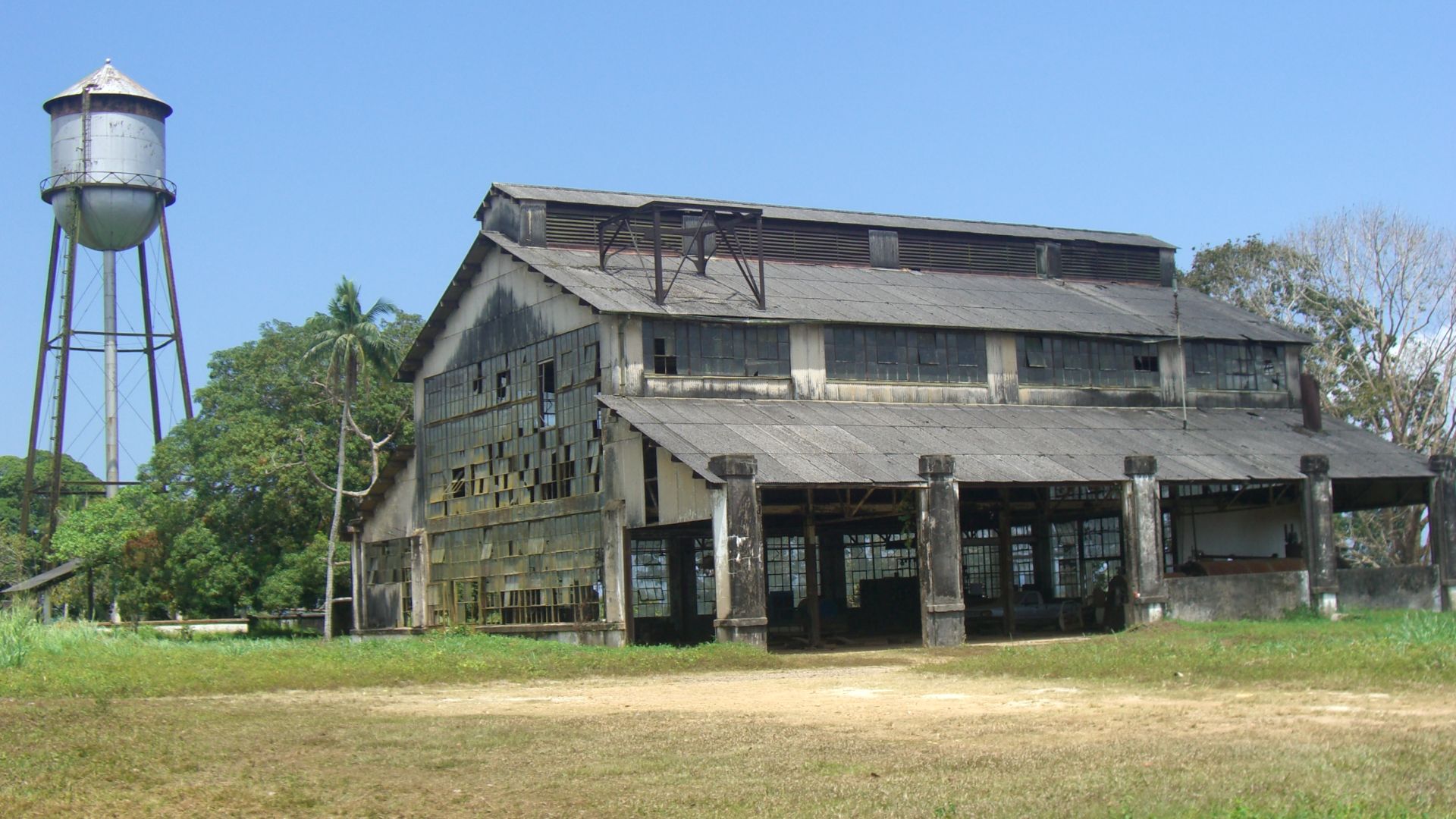 Amit Evron - User: (WT-shared) Amitevron at wts wikivoyage on Wikimedia
Amit Evron - User: (WT-shared) Amitevron at wts wikivoyage on Wikimedia
17. Founded The Ford Foundation
One of the world's most influential philanthropic organizations started with a father-son dream back in 1936. When Henry and Edsel Ford established their foundation, they set a powerful change in motion. But it was Henry's decision to leave most of his wealth to the institution that truly transformed it into today's global force for education, arts, and social justice.
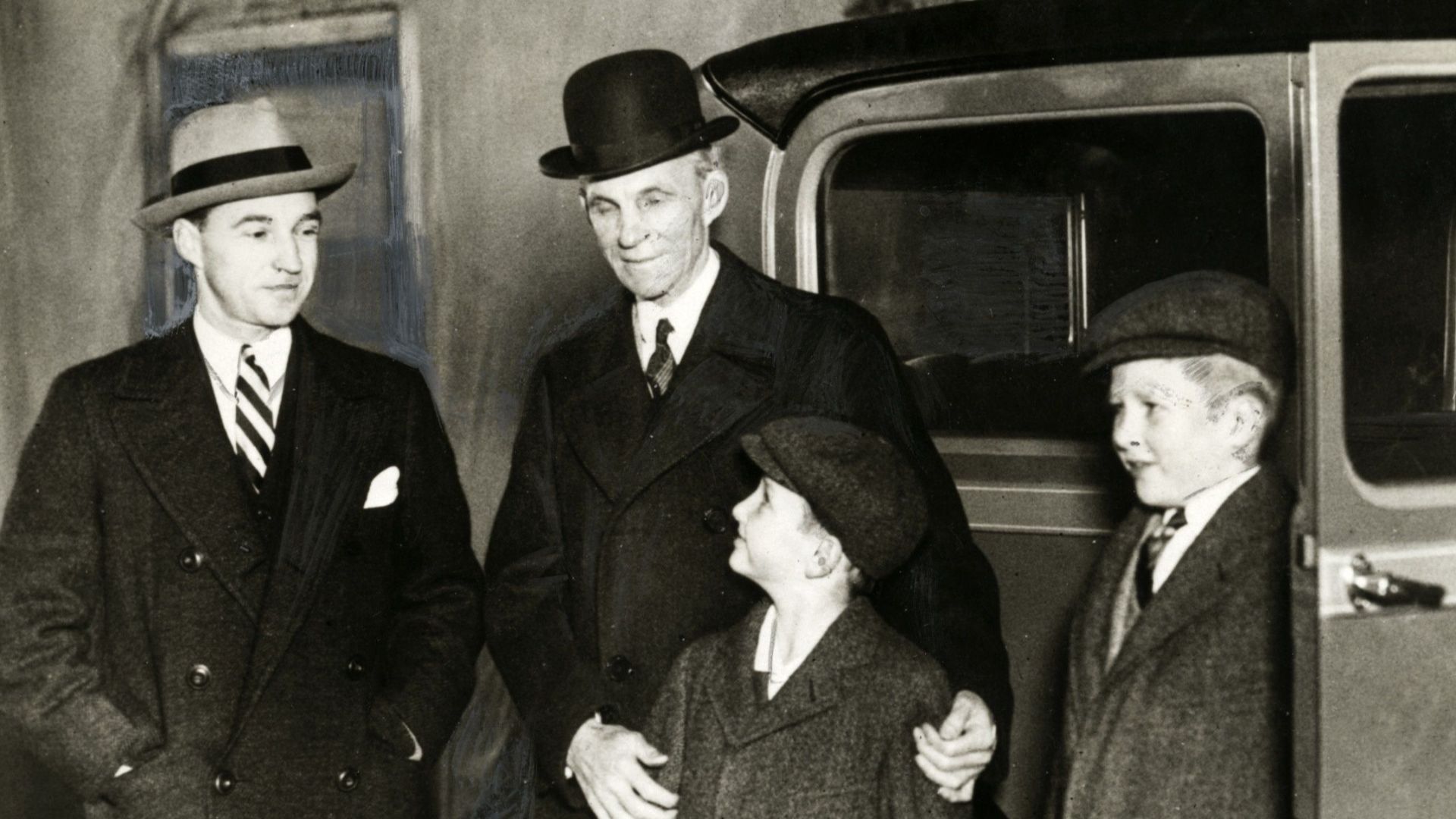 Unknown authorUnknown author on Wikimedia
Unknown authorUnknown author on Wikimedia
18. Maintained A Close Friendship With Thomas Edison
The spark between Ford and Edison first ignited at the Edison Illuminating Company, where Ford served as chief engineer. Their connection deepened into decades of mutual inspiration and mentorship, eventually growing into the legendary "Vagabonds" circle.
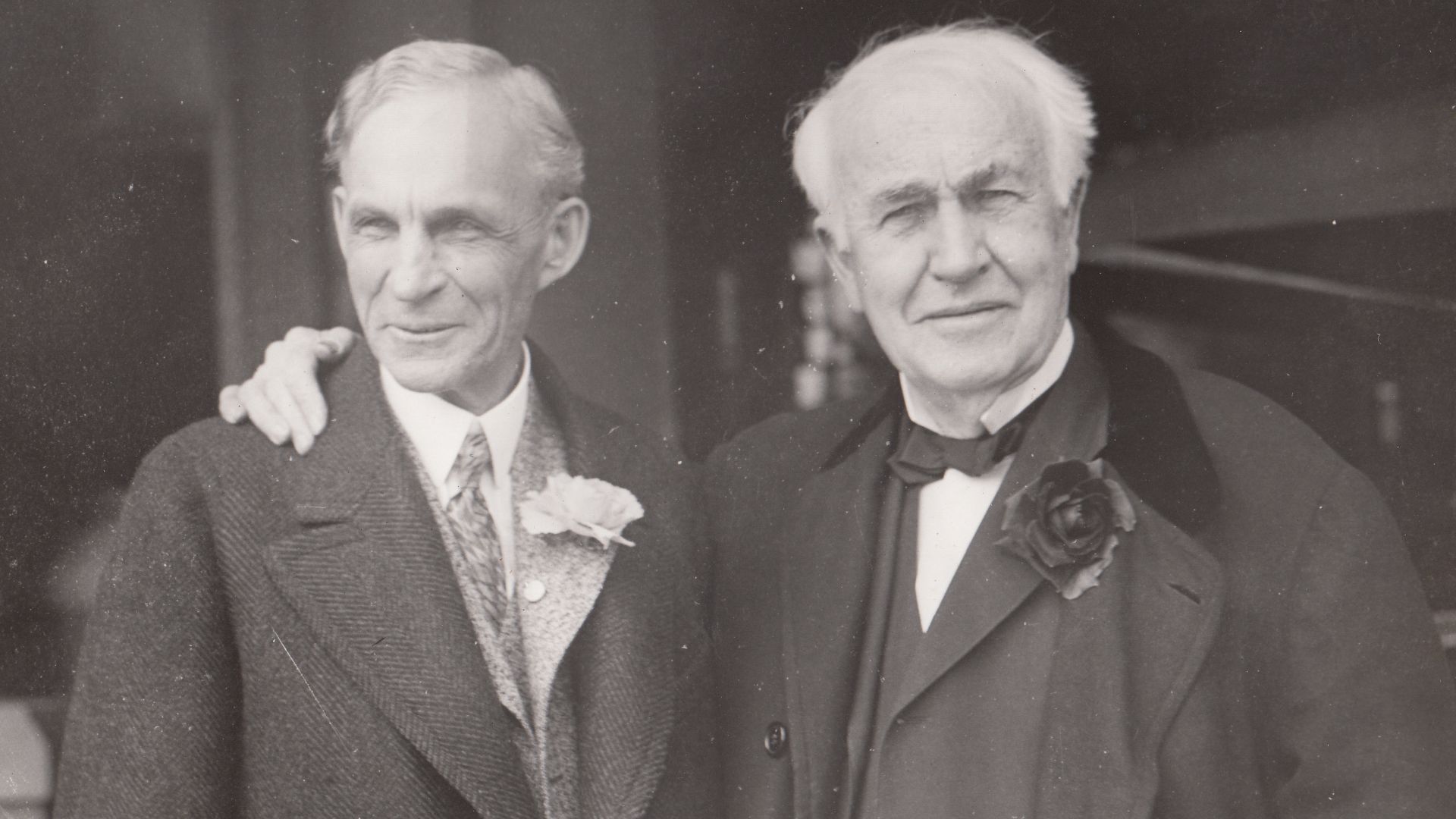 Unknown authorUnknown author on Wikimedia
Unknown authorUnknown author on Wikimedia
19. Disliked Formal Financial Systems
"The man who sees how much he can give for a dollar," Ford famously proclaimed, encapsulating his value-driven philosophy that bristled against financial orthodoxy. This mindset fueled his notorious distrust of accountants, especially the Federal Reserve.
 Unknown authorUnknown author on Wikimedia
Unknown authorUnknown author on Wikimedia
20. Introduced The 40-Hour Work Week
Before 1926, American workers faced relentlessly long hours at the factory. Then Henry Ford changed everything, introducing the five-day, 40-hour work week at Ford Motor Company. His radical belief that shorter hours meant better productivity set a precedent that reshaped American industry forever.


